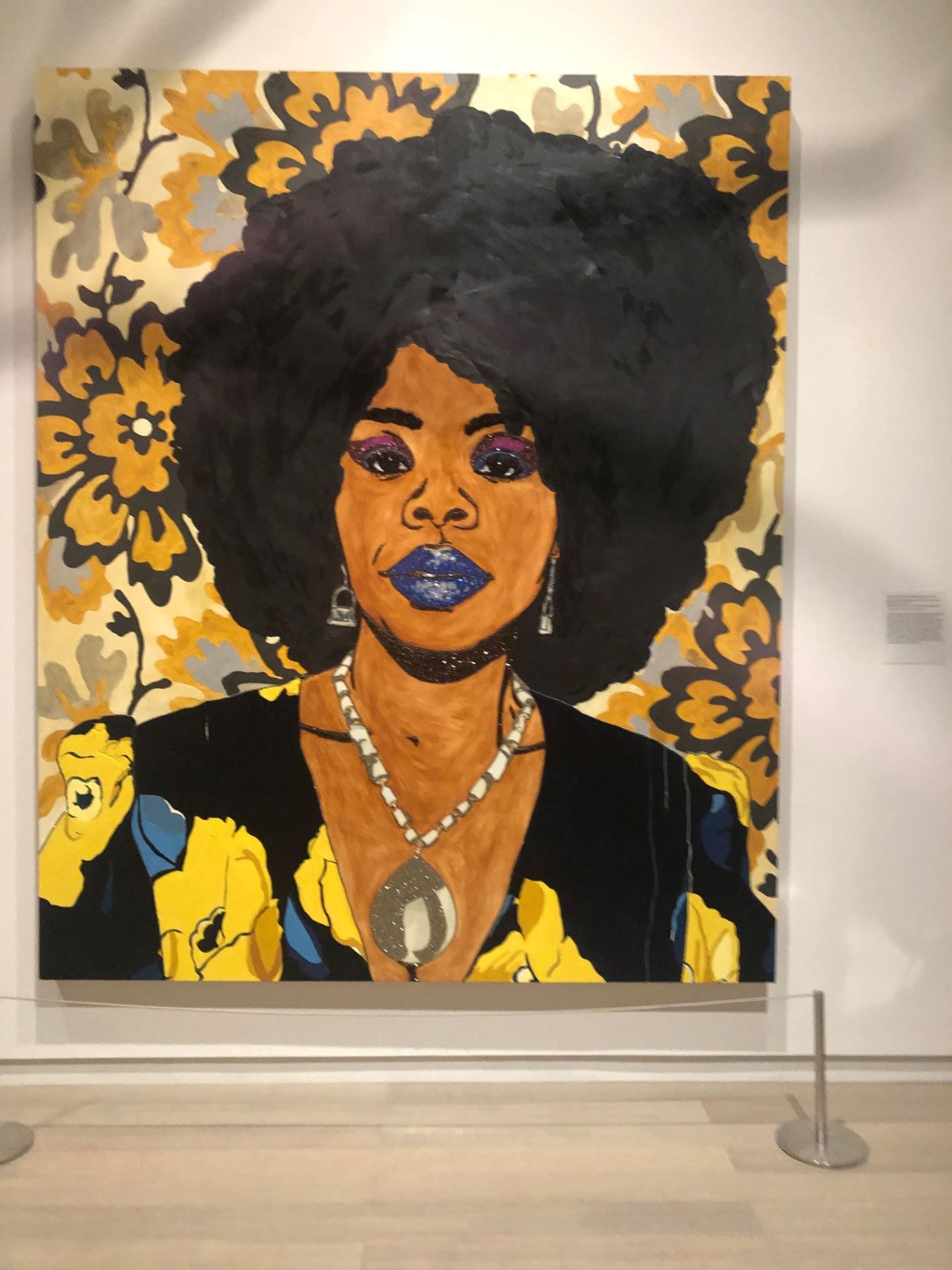Ahmrii Johnson
Lenfest Center for the Arts – Columbia University’s new art building – 615 W 129th St
To notice a space is to notice its context – the details in the construction of its architecture, the contents of its immediate surrounding environment, the atmospheric effects of the events held within it, and perhaps most importantly the characteristics contributed by its inhabitants. All of these particular facets exist cooperatively to personify the interior, or designed exterior, construction of a space. At Columbia University’s new art building, Lenfest Center for the Arts, their architecture is home to a wide range of exhibits that display various works of art. What happens when you spend time consciously acknowledging the developing details of an exhibit? As I stood in the quiet scrutiny of Lenfest Center’s “Posing Modernity: The Black Model from Manet and Matisse to Today” exhibit I began to notice how each physical and immaterial detail of the space influenced the atmosphere discerned by me. In fact,the difference of perspective was considerably palpable to the senses. While those around me experienced the space externally, appreciating the materials and attributes around them, my experience became substantially more internal by comparison. The room was occupied majorly by elder presumably wealthy white individuals who transparently made a show of gawking at the portraits of black women on the wall, and then the black woman at their side. Detached conversations of civil rights, gender inequality, racial oppression, and ostensible intrigue of representation were overheard in between the blind snapping of picture phones. The room had an almost dark aura as time spent occupying the space increased and the energy of the inhabitants were further interpreted. This allowed for the realization of how critically the type of people that occupy a space can influence its exposition to particular individuals. Noticing details can drastically alter perspectives and comfortability, as it did in this situation. If the audience of a space had included a more diverse group of occupants perhaps the atmospheric tone would have appeared less stiff and entitled. The audience in this case, however, served to elevate the environment to one of prestige and an elist form of consuming cultural spaces. This presents not only a complex aspect of the surrounding society but how it can transform the perceived experience of a space.
